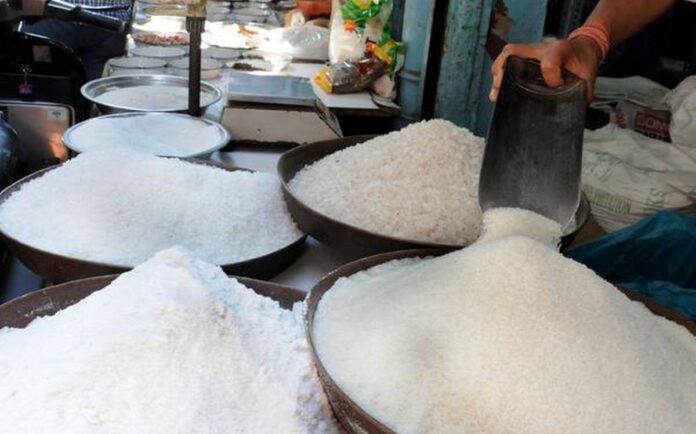Pakistan’s retail sugar prices have continued to rise, averaging Rs168.8 per kilogram over the past two weeks, surpassing the government’s ceiling price of Rs164 per kilogram, despite efforts to stabilise the market.
The latest figures from the Pakistan Bureau of Statistics (PBS) reveal that, while the government had set a price ceiling of Rs164 per kilogram and an ex-mill rate of Rs159 per kilogram on March 19, retail prices in the open market remain elevated, fluctuating between Rs170 and Rs180 per kilogram.
Deputy Prime Minister and Foreign Minister Ishaq Dar chaired a high-level inter-ministerial meeting on Friday to address the ongoing volatility in commodity prices and streamline supply chains.
Dar reaffirmed the government’s commitment to structural reforms aimed at ensuring market stability and long-term economic resilience. The government’s initiatives are part of its broader efforts to control inflation and ensure that essential goods remain affordable for consumers.
The national average price of sugar has remained steady at Rs168.8 per kilogram since March 27, marking a significant increase from late November 2024, when the price was recorded at Rs131.85 per kilogram.
The surge in sugar prices comes despite earlier pledges by sugar mills to keep prices below Rs140 per kilogram. The situation has been further exacerbated by rising domestic supply pressures, even as Pakistan continues to export significant quantities of sugar.
In the first seven months of the fiscal year, Pakistan exported 757,597 metric tons of sugar, generating $407 million in revenue. In January 2025 alone, sugar exports totaled 124,793 tons, valued at $64.34 million, further contributing to the strain on domestic supplies.
The government is now facing the challenge of balancing export commitments with domestic market needs, as efforts continue to address supply chain issues and ensure price stability for consumers.
























